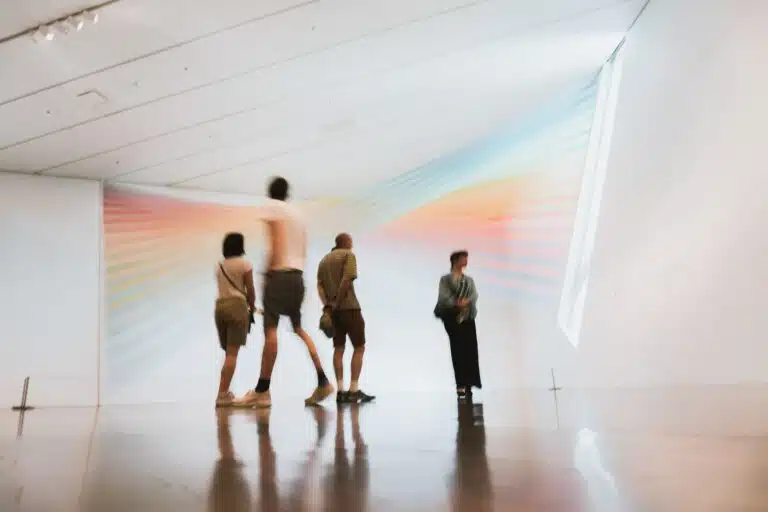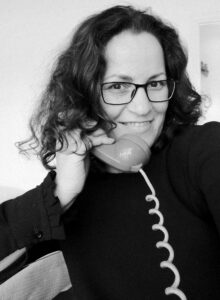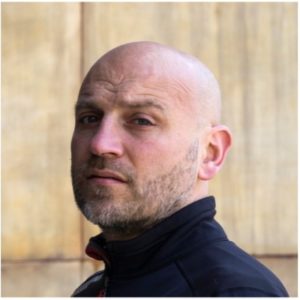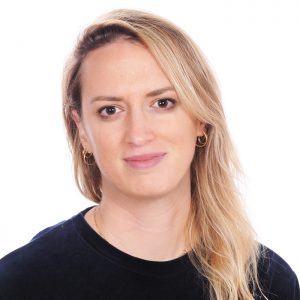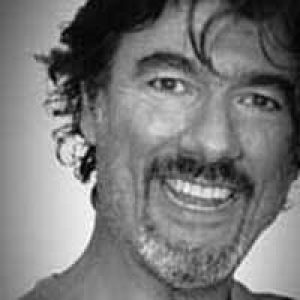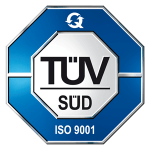A UNIQUE PATH, Visual Museum + Virtual and Augmented Reality for Business
Training course
Visual Museum Specialisation Course
Designing museum layouts and routes is both idea and creativity as well as technical and design skills. The Exhibit Designer deals with the design of all technical components of museum routes and temporary exhibition layouts, trying to harmonise his work with the curator's idea and the works of art in the best possible way. He also thinks about the conservation of the artistic and cultural heritage of the museum and seeks sustainable solutions suitable for the institution he represents. He is a professional who must have an excellent knowledge of the physical characteristics of light, colour, design techniques and tools as well as an understanding of the aesthetics of sources.
In recent years, the figure of the exhibition designer has become of fundamental importance for any curatorial project, especially with the advent of new forms of contemporary art, such as video art, multisensory installations and virtual tours. The experience, know-how and expertise of the museum designer are used not only for installations, but also in the service of communication, since in exhibition projects the ultimate goal is to communicate the message of the works of art to the visitor.
Having graphic dexterity and being able to draw by hand or through a PC is indispensable for realising projects and drafts.
Course in Virtual and Augmented Reality for Business
Experiencing spaces even before they are built has become an increasingly creative requirement thanks to the extraordinary potential of immersive reality that allows a spectacular and exciting view of spaces
In response to this growing need/requirement, a multi-stage training course was formulated to provide skills in the use of Augmented Reality and Virtual Reality as innovative tools for presenting one's projects by exploiting technologies from the world of gaming, in particular Unity 3D.
The course in Virtual and augmented reality for business will provide the skills to be able to transform 3D models created using Blender or other modelling software into augmented reality and/or virtual reality. Each participant will be able to generate AR and VR presentations on multiple platforms (Windows, Android, iOS)
